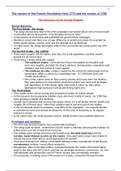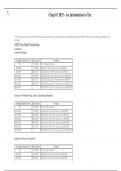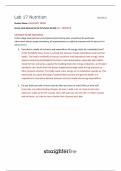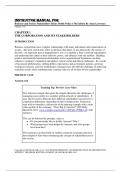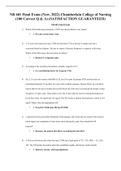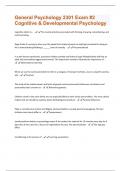Study guide
The French Revolution and the rule of Napoleon 1774–1815 - OCR AS / A Level History A Full Revision Notes
- Institution
- OCR
A full extensive set of AS / A Level OCR History A revision notes on the topic of The French Revolution and the rule of Napoleon including everything on the specification. These revision notes are thorough and a perfect set of notes to help you achieve an A* in the exam.
[Show more]
